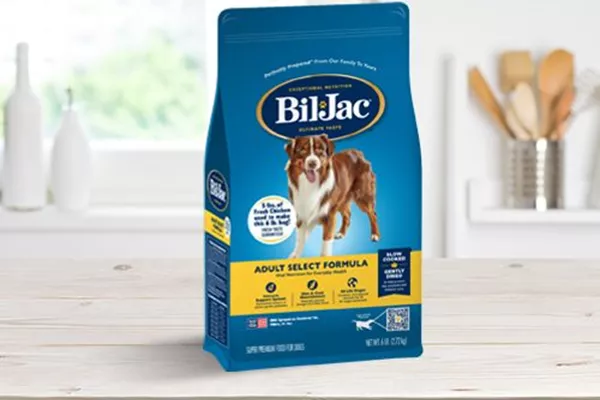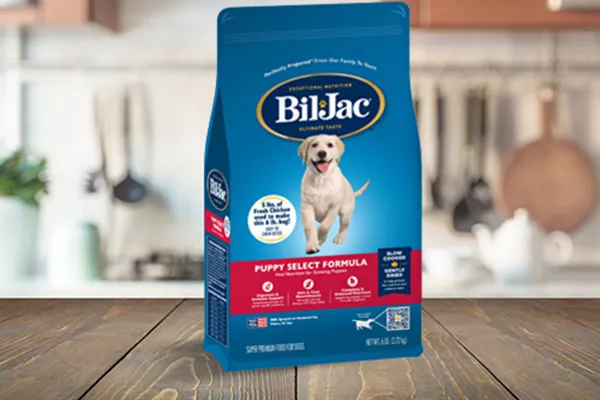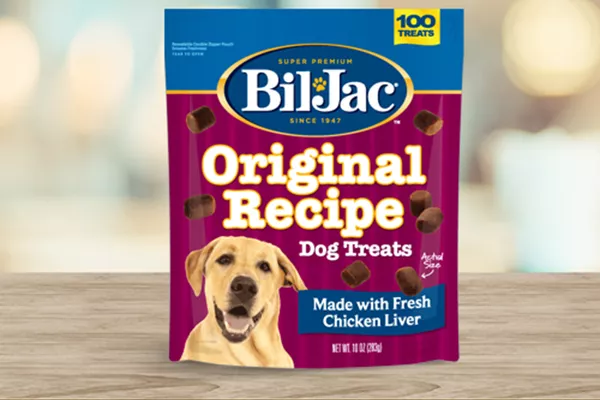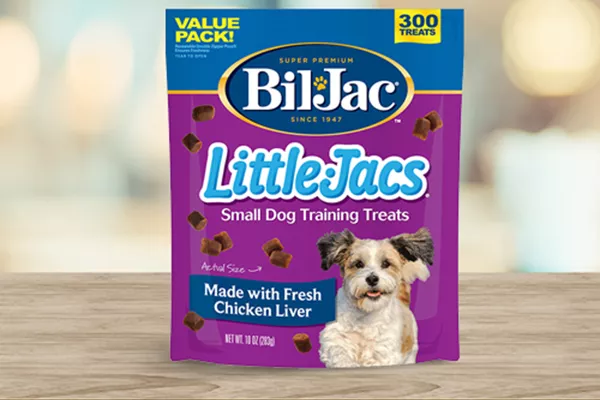With more and more people returning to work, and less staying at home all day, the question on many dog owners minds is “how do I prepare my dog for my absence?” Dogs are creatures of habit, and this past year many of our fur babies have grown accustomed to their pet parents working from home. Not to mention the surge in adoptions during 2020 where new dogs immediately grew accustomed to the work from home lifestyle with their new pet parents.
Any dog can get anxious with a drastic schedule change, especially when their favorite person suddenly is gone for long periods of time. Let’s break down how you can prepare your dogs for “Post-Pandemic” life when you’re away for work.
What Does My Dog Do When Left Alone at Home?
While your dog may get nervous when you’re gone, it’s hard to know exactly how anxious your dog is when you can’t see them. According to Professional Animal Trainer and TV Show Host Joel Silverman, one of the the best ways to know how your dog reacts is to record them after you leave.
There are a couple of ways you can record your furry friend. Pet cameras and dog monitoring apps will give you a live feed to keep track of your canine companion. You can also set up an iPad or smartphone in the corner to covertly FaceTime your dog. Whether or not you record your dog, Silverman says that dogs will typically follow a similar pattern.
“When you leave, your dog usually goes to the door because that’s the last place he saw you,” Silverman explains. “After that, your dog will jump on the couch to look out the window before going back to the door. Pretty soon, the dog will start moving faster and barking because it gets more frantic.”
Of course, some dogs get more nervous than others. While some dogs will pace for a bit and settle down, others might start digging or chewing at the couch and engaging in destructive behaviors out of frustration or boredom. Puppies adopted during pandemic potentially can be even more prone to separation anxiety because they aren’t prepared for a post-pandemic schedule and seeing less of you.
“Some dogs are like glue – they get very needy and attached,” Silverman says. “The dogs that are needy and codependent will struggle. There are also dogs that came from a bad situation with a person they didn’t trust and now they have a new person who loves them and means everything to them. All of a sudden, you’re gone, and that’s difficult.”
How to Prepare for Leaving Your Dog Home Alone
Whether you adopted your dog during the pandemic or have been a pet parent for some time, it’s important to help your best friend adjust to your new work schedule. This process involves taking steps to not only prevent bad behaviors, but also teach your best friend that it’s okay if you’re away. According to Silverman, there are a few different measures that are extremely important for when you return to work.
Crate train your dog to prevent bad behaviors
The best way to prevent dogs from acting out in your absence is to eliminate the opportunity for them to play out those actions. Dogs have a natural predisposition for enclosed spaces, so a crate gives them a place to feel comfortable. Meanwhile, your dog won’t have the ability to play out nervous behaviors and let them escalate into bigger concerns.
“Preventative training is the ticket,” Silverman says. “By crate training your dog, you beat your dog to the punch before he develops those bad habits.”
You’ll want to slowly train your furry friend that the crate, or any other space you have set aside, is a safe area where he can relax. First, you’ll want to find a dog crate that’s big enough to let your best friend stand up, lay down, and turn around in a circle. You’ll then need to take some time to teach your dog that the crate is a good place instead of simply closing them in there. The crate training process can take a few steps.
- Put a dog treat in the crate or room and let your dog walk in and out of the space freely. Once he walks back out of the space, reward him with another treat to create a positive association with the experience.
- After a day or two, allow your dog to walk into the space and gently shut the door after he walks into the room or crate. Keep your dog closed in for about 15 to 20 seconds and give him a treat as soon as he walks back out.
- Over time, you can extend how long you keep your dog in the room or crate. This process can go from minutes to hours until your dog is completely comfortable being alone. Make sure to keep a treat or two in the space to continually reinforce positive feelings.
In addition to treats, you’ll also want to have other items available for your furry friend. Silverman suggests putting toys and other items in the crate that your dog never gets to see or play with at other times. For example, you can leave a blanket, a soft crate pad, or a chew toy with Bil-Jac dog treats inside to allow your dog to focus on positive feelings instead of thinking about how you’re away at work.
Help your dog adjust to your new schedule
If you know that you’re heading back to work, even if it’s just for a few days a week, you’ll want to prepare your dog for that transition. A big part of that process is not being too predictable with your absences.
“Change is reinforcement to an animal,” Silverman explains. “You want to mix up your absences and become unpredictable so that your dog will get used to not knowing how long you’ll be gone. The last thing you want is for your dog to anticipate your arrival and start barking and getting nervous.”
A good way to stay unpredictable is to change up how long you’re gone from the house. As you prepare your dog, leave the house for different lengths of time – 20 minutes here, a couple of hours there. As long as your dog is comfortable in a crate, that uncertainty will help him resist urges to act out because he’s not eagerly anticipating your return after a certain amount of time.
Don’t make leaving or returning a big deal
The times when you leave and come back home are notable events for your furry friend. However, it’s important to not make a big deal when you’re preparing to leave, or after you’ve returned.
A major part of getting your dog accustomed to being alone is normalizing your absence. If your dog gets overly worked up when you leave or come back, it will only reinforce that type of behavior. Instead, you want to show your best friend that coming and going are natural parts of the day.
The best way to encourage calm, collected behavior is to practice what you preach. Always stay calm when you prepare to leave or when you return. Keeping a relaxed demeanor will prevent your dog from feeding off your energy and encouraging anxious behaviors.
Interaction while you’re gone
Just because you’re leaving your dog home alone doesn’t mean that someone can’t interact with your dog. If you aren’t able to head back home during the workday, there are still ways that you can spice up your dog’s day.
- Have a family member or friend check in on your dog while you’re away.
- Set up a remote pet camera where you can watch and listen to your dog from your phone. You can also enable two-way audio to talk to your favorite furball when he’s anxious.
- Give your dog a treat that will take a while to eat. For example, you can stuff a toy with treats so that your furry friend has to work for that extra reward.
- Hire a dog walker to help your dog release some energy and enjoy some company when you’re not available.
As with your schedule, it’s important to mix up the times that these interactions occur. Impromptu visits will help break up the monotony without having your dog get used to certain expectations.
Prepare Your Best Friend for a Happy, Healthy Future
No matter how long ago you adopted your dog, you want to do all you can to support your four-legged friend. Want to learn more about how you can help your best buddy lead a happy, healthy life? Sign up for the Best Friends Club to receive our exclusive monthly email newsletter for more dog care advice, nutritional info, and special members-only discounts on Bil-Jac Dog Food, Treats, and other products.




